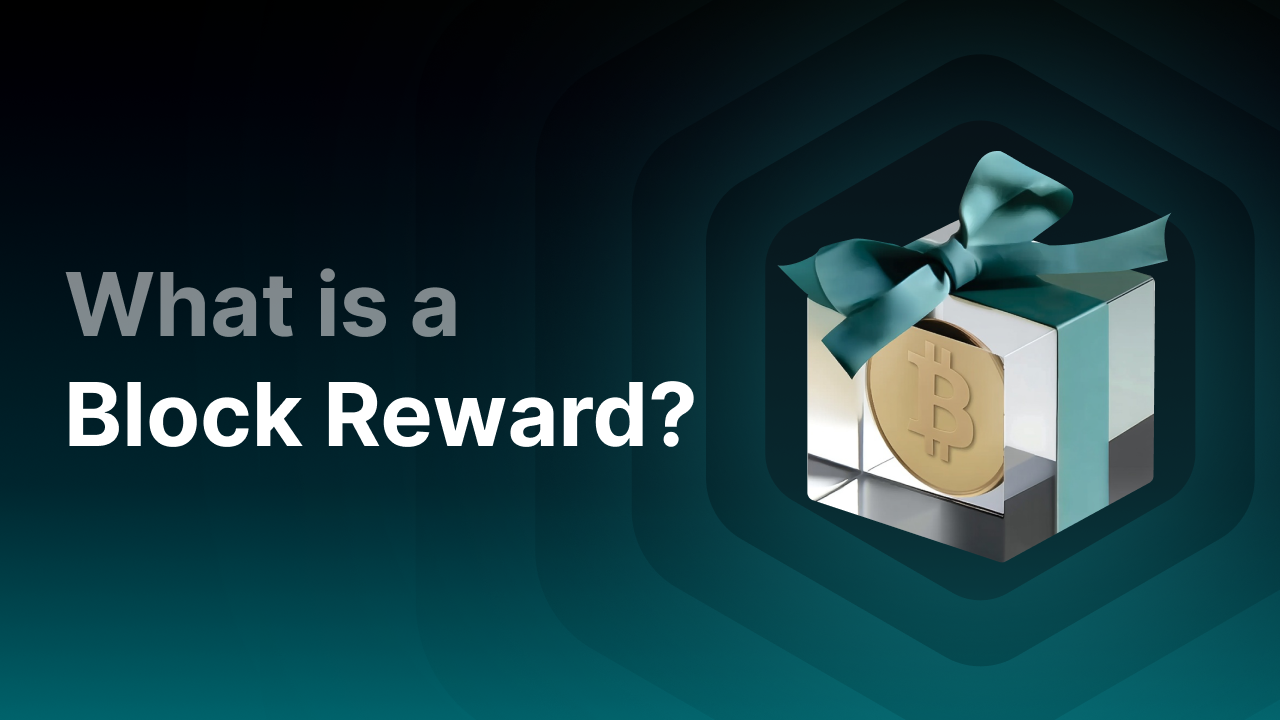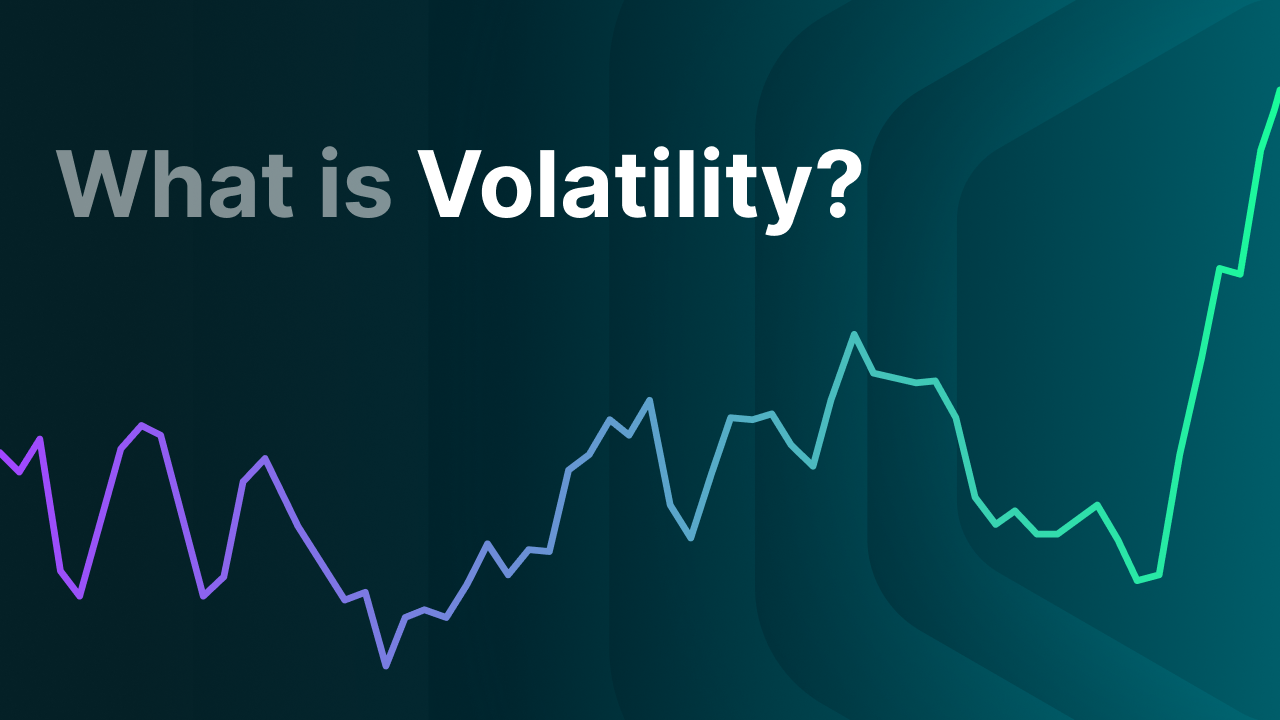What Are Altcoins?
_01JVCDS2C7FDM5Q9RD3G09P9MV.png)
What Is an Altcoin?
Altcoins are a collective term for all cryptocurrencies except Bitcoin, the largest cryptocurrency. The term "altcoins" stands for "alternative coins" and is used to refer to the wide range of cryptocurrencies that emerged after the launch of Bitcoin in 2009. Today, there are thousands of altcoins, each with its own features, functions, and use cases.
Some altcoins aim to improve the shortcomings of Bitcoin, while others offer completely new applications in the world of blockchain technology. For example, there are altcoins with smart contracts, dApps (decentralized applications), decentralized finance (DeFi), decentralized storage, and more. Some of the most popular altcoins include Ethereum, Cardano, Solana, Dogecoin, and Ripple.
Altcoins are now an essential part of the crypto world and contribute to new technological advancements. Investors can diversify their crypto portfolios by adding altcoins.
Key Takeaways
- Altcoins are all cryptocurrencies except Bitcoin.
- Altcoins differ from Bitcoin in technology, speed, energy consumption, and the applications they offer.
- Well-known types of altcoins include utility tokens, governance tokens, stablecoins, and meme coins.
- During an altcoin season, altcoins outperform Bitcoin.
What Is the Difference Between Bitcoin and Altcoins?
Bitcoin and altcoins often share technical similarities, but they frequently differ in vision, use, and technology. Bitcoin was developed in 2009 as a peer-to-peer digital payment method and is often seen as "digital gold" due to its scarcity and decentralized nature. Bitcoin primarily focuses on security, simplicity, and reliability.
Altcoins, on the other hand, have much broader and different goals. Unlike Bitcoin, altcoins are constantly exploring new possibilities to improve and expand the crypto world.
Here are the main differences at a glance:
How Many Altcoins Are There?
The number of altcoins keeps growing steadily. According to CoinMarketCap, there are over 15 million different altcoins registered, and tens of thousands are created every day. These 15 million altcoins aren’t all successful. A large portion of them aren’t always active or valuable. Many altcoins have already died off or haven’t been further developed. There's also a small portion that was rugpulled and later turned out to be a scam.
Creating altcoins is easier now than ever before. Thanks to standardized blockchains like Ethereum, Binance Smart Chain, and Solana, developers can use ready-made infrastructures like ERC-20 tokens, eliminating the need to build an entirely new blockchain. There are also tools like SDKs and frameworks that make launching new altcoins quicker and easier.
Many of these new altcoins are launched via an Initial Coin Offering (ICO). Project developers use an ICO to raise funds by selling their tokens. For example, the altcoin EOS raised over $4 billion through an ICO.
The fact that new altcoins are created daily highlights how dynamic and experimental the crypto market still is.
What Types of Altcoins Are There?
Since the launch of Bitcoin in 2009, more than ten thousand altcoins have been developed, which can be categorized into different types.
These are the most well-known types of altcoins:
Utility Tokens
Utility tokens are used to pay transaction fees and provide access to exclusive services within a platform. For example, MANA in Decentraland grants access to virtual real estate. Utility tokens are often essential to a project's ecosystem.
Governance Tokens
Governance tokens allow token holders to vote on protocol changes. This is common in DeFi projects like Uniswap (UNI) or Compound (COMP). Typically, the more tokens you own, the greater your voting power.
Stablecoins
Stablecoins are altcoins pegged to the value of a stable asset, such as the dollar or euro. They are essential in the DeFi world and are used to avoid market volatility. A well-known example is USD Coin, which is pegged to the US dollar.
Meme Coins
These altcoins started as jokes but some have become incredibly popular. Dogecoin, for example, grew mainly due to community support and hype, rather than fundamental technology.
What Is the Best Altcoin?
There is no such thing as "the best altcoin." While every crypto trader often has a favorite, it depends on your goals. Some people prefer smart contract altcoins, while others look for fast and low-cost options.
You can figure out what the best altcoin is for you through fundamental analysis: research into the technology, the team, the ecosystem, and the project's adoption. Decide what matters most to you. Finst offers a wide range of altcoins that you can trade.
Which Altcoin Will Go Up?
Even experts can't predict this with certainty, but there are indicators to watch for:
- Is the altcoin widely used and does it have an active ecosystem?
- Is there an experienced team behind it, actively working on technological development?
- Does the project collaborate with major companies or key players?
- Is the supply limited or deflationary?
- Are there trending sectors it's aligned with?
What Is Altcoin Season?
Altcoin season, or altseason, is a period during which altcoins significantly outperform Bitcoin. During this time, the prices of altcoins often rise by dozens or even hundreds of percent more than Bitcoin. Altcoin season usually begins after Bitcoin experiences an upward trend, prompting investors to seek higher returns in smaller altcoins. As a result, capital flows from Bitcoin into altcoins. The Altcoin Season index provides real-time insight into whether the market is currently in an altcoin season.
During altseason, Bitcoin’s market dominance tends to decrease. Altcoins with low market caps often yield the biggest gains. New projects and meme coins also tend to go viral, usually fueled by social media hype.
Altseason can present great opportunities for profits, but it also comes with higher risks. That’s why it’s important for investors to conduct thorough research and make well-considered decisions if they want to benefit from this crypto market cycle.
Final thoughts
Altcoins are alternative coins to Bitcoin. They experiment with new technologies and continue to evolve. There are now many different altcoins, each with unique characteristics. While altcoins can offer substantial profits, especially during altseason, they also carry more risk than Bitcoin. Therefore, it’s crucial for investors to do thorough research when buying altcoins.



__01KC926A15P1A0X3VR6DBBV1FK.png)
